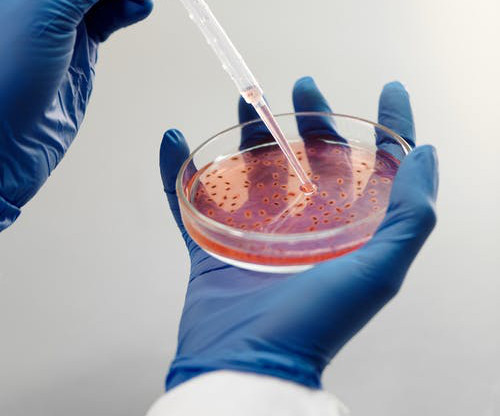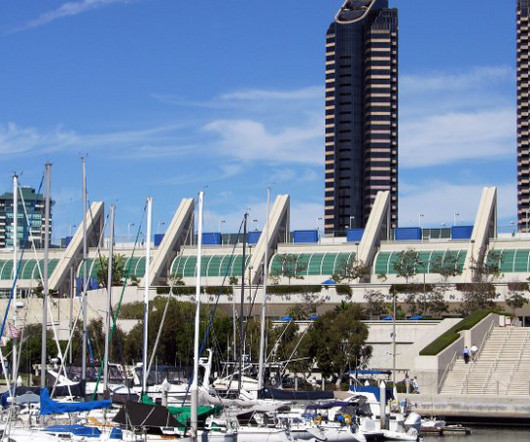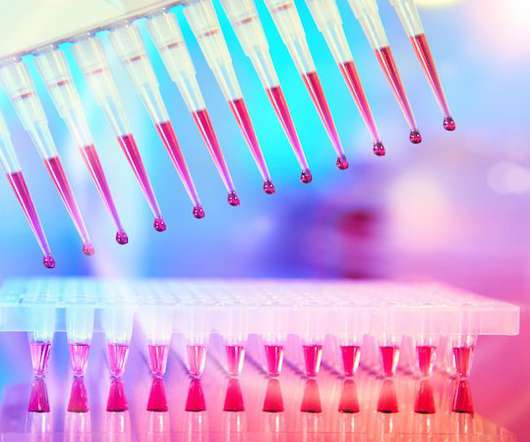Transforming Biomanufacturing: Potential of Cell Free Systems
Roots Analysis
AUGUST 15, 2023
Overview of Cell Free Systems Cell-free systems are in-vitro platforms which allow occurrence of biochemical reactions in the absence of living cells. Additionally, these types of cell free systems do not contain proteases and nucleases as crude cell lysates, which further helps in improving the production of many proteins.












Let's personalize your content